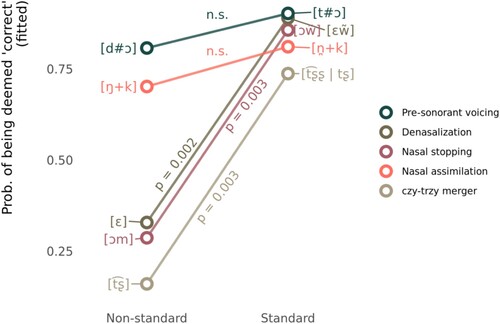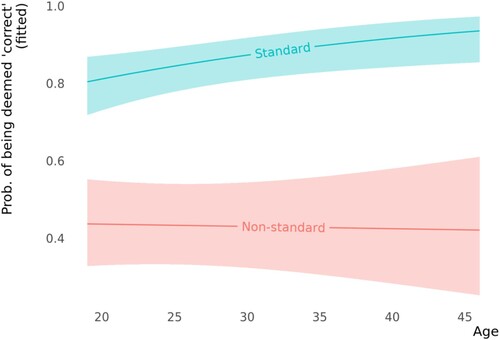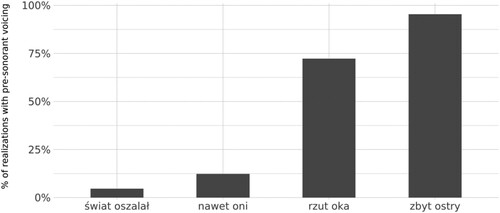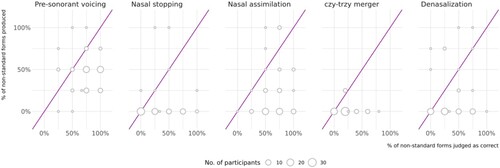Figures & data
Figure 1. Waveforms and spectrograms of the first author pronouncing do Czech (a), top panel, and do trzech (b), bottom panel. Re-creation of one example from Zagórska-Brooks (Citation1964).
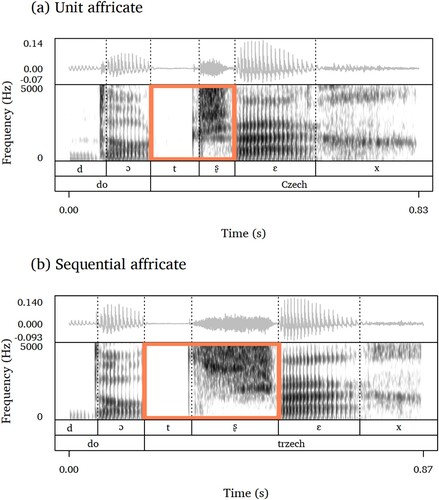
Figure 2. Agreement among participants as to correctness of variants. Dashed outline indicates variants which the majority of participants judged as “incorrect”.

Table 1. Examples of two-word sequences with and without pre-sonorant voicing.
Table 2. Categorization of perception responses by variable by variant.
Figure 4. Partial effect of the interaction between variant and views on the dominance of the standard variety of Polish.
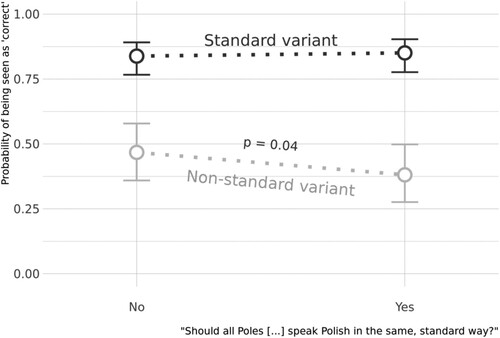
Table 3. Mean processing speeds of the variables and variants.
Table 4. Production rates of the variables and variants.
Table 5. Estimated number of homophonic forms that ensue when the non-standard variant of each variable is used.
Table 6. Estimated number of two-word sequences identical orthographically to existing single words, with as opposed to without pre-sonorant voicing.

